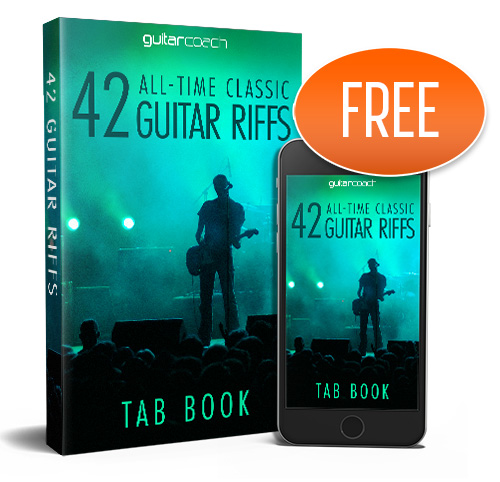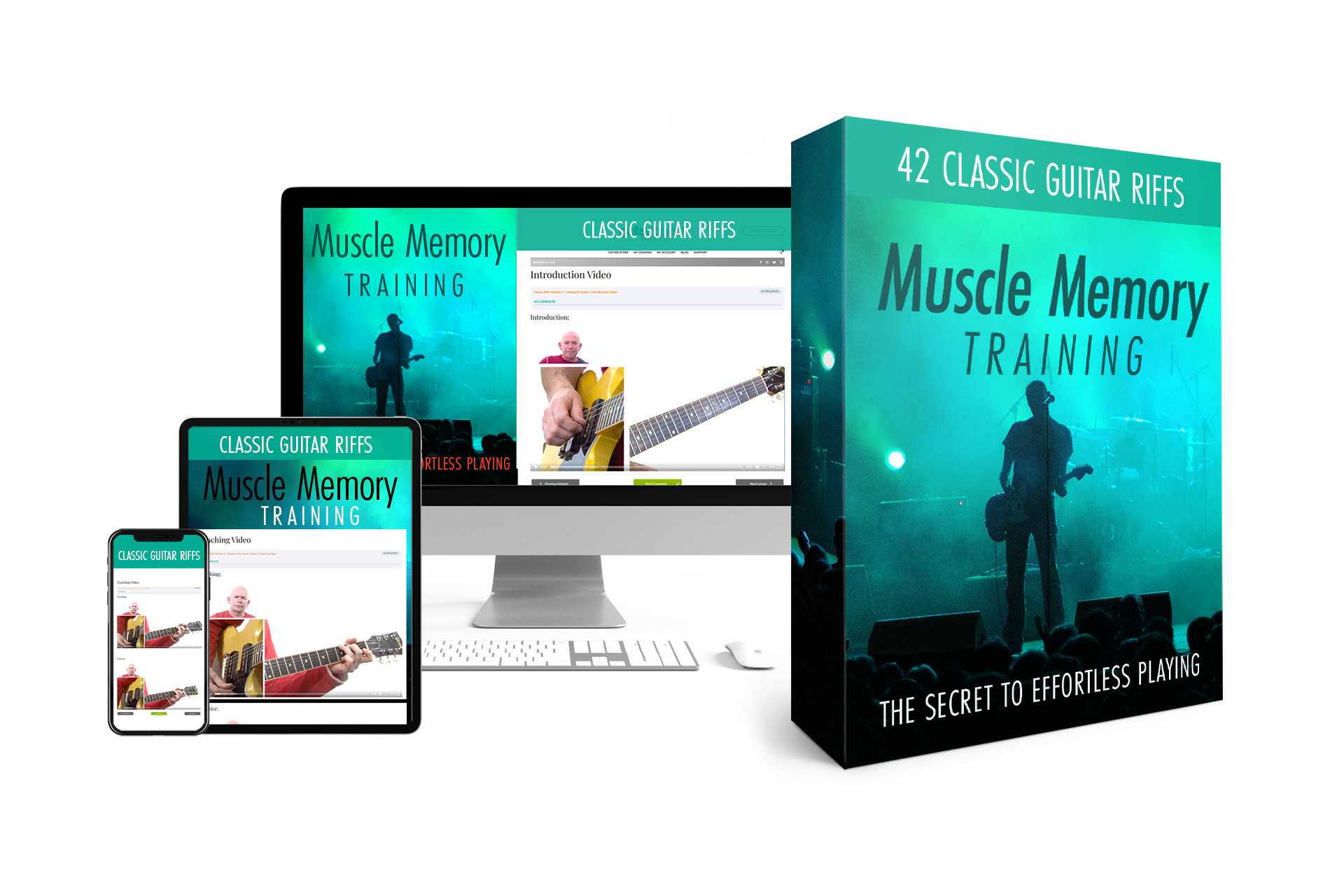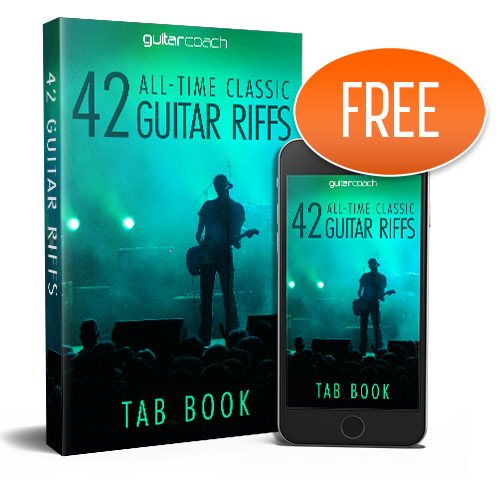Here’s a short selection of the most popular FAQs this month. Please send my your questions and we’ll try and cover as many as possible in the next issue.
How to learn to play guitar quickly and easily while having fun? I have wanted to play the guitar all my life. Where is the best place to start when learning to play?
My advice always with this question is try and play with other guitarists – not on line, but in the same room.
You will improve 10 times as fast playing and practicing with others, then you will sitting at home in your room alone. Try to find someone who’s a better guitarist (if they can put up with you) and get together to sing songs, write music..etc..at least once a week. You will constantly pick up new techniques, tips and tricks that you wouldn’t necessarily learn on your own.
Having said that, it’s also very important that you FORCE yourself to sit down everyday with the express purpose of practicing. Some days you may not feel up to it, but if you force yourself – if only for 15 minutes a day – you’ll find the time stretching into an hour or more. Learn a minimum of 3-4 different ways to play each chord.
This will involve partial or whole bar chords up and down the neck, but will give you a great understanding of the fret board. For example, if someone is playing the standard G chord 3-2-0-0-0-3 realize that you can play a little 3 string G chord up at the 7th fret, that’s shaped like the normal D chord x-x-x-7-8-7 I know this sounds boring, but learn the Pentatonic Blues scale, and finally…find someway to record yourself…this is an invaluable tool for hearing areas of your playing that need more work.
Ok, I can’t guarantee it’ll all be fun, easy, and quick if you serious about playing the guitar a lot of times it’ll be the opposite but almost nothing beats the falling of learning a new song on the guitar or mastering a new technique. To go back to the 1st part of the questions, always start with the absolute basics like being able to fret a note and learning the basic open chords.
This may well become a bit tiresome and possibly one of the most challenging parts of your guitar journey, but once you have these basics, you will be ready to start playing and learning from others. That’s when the improvement will really take off. You can always employ a guitar tutor, but this can be quite restrictive.
There are so many great, inexpensive on-line guitar sites that teach from beginner to advanced and, of course, there’s YouTube, although the quality of “lessons” may vary. Try out free samples from various sites and choose the one hat fits what you want to learn that has an engaging teacher. That way you won’t get bored.
I am about to start playing the guitar. What do you regard as the top 3 pieces of advice I should take on board?
A good question and imperiously difficult to answer. But I will give you my 3, based on that wonderful gift, hindsight.
1. Set yourself a major goal, chunked down into smaller milestones.
2. Don’t become impatient if you are not always immediately achieving what you want to achieve. This is the root cause of a lot of frustration.
3. Enjoy it.
Link this into the 1st question asked and I believe you will have more than enough to get started. Best of luck!
What guitar chords could I play if someone else plays different chords? What chords could I play while she plays B flat, F, and E flat?
The easiest way to complement a friend is to use a capo and play the same chord in a different position on the fretboard. In fact, if you learn the CAGED capo method, you can easily do this for whole songs. I don’t have time to get into that, but to answer your specific question, here are some options for you:
Bb = capo 1 A or capo 3 G shape
F = capo 1 E or capo 3 D shape
Eb = capo 1 D or capo 3 C shape
There is also a completely separate method for an electric guitar to complement an acoustic guitar using 3 string chords, but from your question, I don’t think that’s what you’re going for.
Alternatively, you can discard your capo altogether and learn the shapes as bar chords.
I want to write a song. How do I start and what are some guitar chords that flow nicely together to make a song?
So – where do I start with this one?
To begin with, there is no set way to write a song and I would guess that virtually every chord sequence possible has been used at some time or another; although it has to be said that some chords will sound better together in a sequence and flow better than others.
As far as song writing is concerned, I suppose there are 4 ways you can write a song.
A lyric-based approach, used by Bob Dylan where the lyrics are the starting point (maybe what is in you head at the time) with a melody and chords added afterwards
The Melody-based approach – probably used by Paul McCartney. A melody or hook line will be the starting point to writing a song. It could even be the whole song has a complete melody before an instrument is even picked up
Riff-based approach – which starts with a riff and develops into a song. A bit like the Sweet Child of Mine intro played by Slash morphed into the full song. Could be The Rolling Stones employed this method in some of their writingThe mish mash approach. Just jam and sing and build up your jigsaw puzzle. Could be that many a progressive rock song from the 70’s used this technique. .
Now onto chords that sound good together. There is a whole bunch of theory you can extract to understand what chords fit well together. (Dominant/sub dominant/tonic etc…). As it sounds like you are new to the guitar and songwriting, I thought it best to simply provide some examples:CCCC FFFF CCCC GGGG FFFF CCCC (G)The last G being a kick or turn around.
Some common patterns revolve around this pattern:
C, Aminor, F, G or C, Eminor, F, G…
Another popular variation is to do a walk up through the changes; C, Dminor, Eminor, F, G
Beyond this set of simple patterns, you should open your ears while you play. Listen while you make changes. If you write a simple melody, you’ll find it fairly easy to put it over one of these patterns or another, then, when you hit a spot where your melody isn’t quite working with those chords… be inventive. Throw in outside chords (such as a D major in the key of C, or E or A major in the key of C). Hope this isn’t getting too complicated!!!!!
The best way to learn this is to get songbooks and study the chords. It takes a little time and effort, but this kind of basic theory is necessary if you want to write music.



